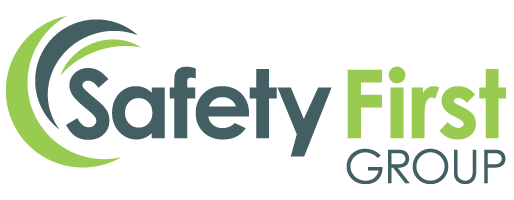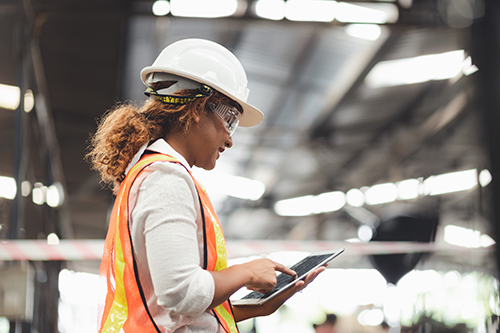Adhering to lighting regulations in the workplace can be difficult and complex within various industries such as warehousing, office, manufacturing, pharmaceutical and hospitality for example.
Unfortunately there are not always clear and concise guidelines demonstrating exactly what lighting levels you should be maintaining. On top of this it can be tricky to know where to look for relevant answers. Our lighting specialists at Safety First Group have years of experience in dealing with the assessment and management of health and safety risks caused by lighting in the workplace and we’ve noted some key factors below.
Who is responsible for lighting levels at work and what are their legal responsibilities?
Let’s begin with that phrase, Your Legal Responsibility. Under the Health & Safety at Work Act of 1974, an employer has a duty to ensure the health & safety of employees.
This Act includes a duty to provide lighting to ensure that work can be undertaken safely. It also states that employee’s health or eyesight must not be jeopardised, stating that employers must ensure that:
• Every workplace has suitable & sufficient lighting
• This should be natural light, so far as is reasonably practicable
• Suitable & sufficient emergency lighting shall be provided where needed
Employers must also assess possible risks in the workplace, under the Management of Health and Safety at Work Regulations 1992.
Safety First is experienced in carrying out lighting surveys for a wide range of employers from diverse industries.
The important factors of lighting in the workplace are as follows:
• Hazards should be easily noticeable so they can be assessed
• All light is suitable for the work undertaken and the environment it is undertaken in
• The task or job being undertaken should have sufficient light (or illuminance)
• Different colours should be distinguishable to promote safety
• No stroboscopic effects, flickers or glare should be caused by the lighting
• avoids the effects of veiling reflections
• Adjacent areas should not have substantially different levels of lighting
• Individuals needs must be considered and met
• No light should pose a health and safety risk
• It should be accessible so maintenance can be carried out or the unit can be replaced with ease
• Safe emergency lighting
The importance of measuring light levels in the workplace?
Despite your legal responsibility to measure light there are some other very good reasons to be considering your lighting levels.
Bad lighting can be detrimental to your business and your employees. Low lux levels (insufficient light) are a common cause of fatigue and muscle strain. This becomes more likely if the exposure is consistent over longer periods of time, thus resulting in employee sickness and absences.
High lux levels (excessive light) can also be detrimental to your business. Glare and reflected light can distract an individual and impair his or her vision. This is particularly dangerous when a job requires the worker’s full attention. Those working with machinery or hazardous chemicals are at a much greater risk.
Protecting your colleagues and employees in the workplace should be of paramount importance and implementing an external lighting survey from Safety First will highlight best practices and the recommended illumination levels that meet health and safety requirements in your workplace and help you to avoid such issues.
The importance of lighting surveys
Different levels of light are required for different activities. Ideally, lighting at work should be designed for specific tasks carried out by people within that environment. For example, higher light levels are essential for close work where accuracy is essential, such as soldering a control panel, while lower light levels are sufficient for corridors.
Lighting surveys will highlight any lighting hazards and risks in the workplace. Typical risks include lighting effects, incorrect design, improper installation, poor maintenance, incorrect disposal, and improper selection of emergency lighting.
Get in touch
Contact our friendly team of experts to find out more about lighting surveys or any of our other services


